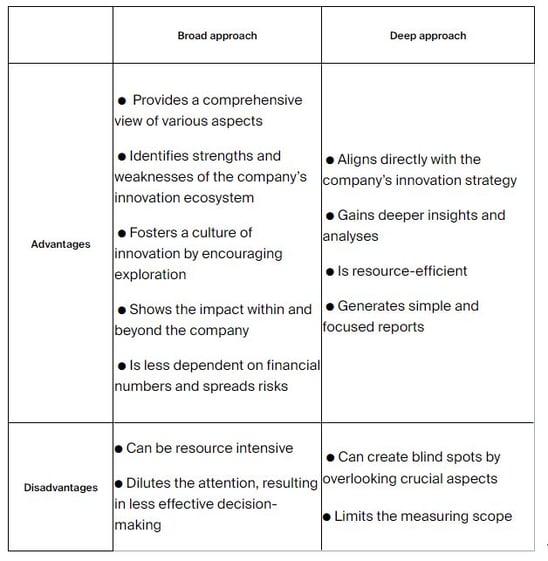1. How do the KPIs fit into the innovation and company strategy?
The innovation leaders stressed the importance of developing KPIs in line with the overall business strategy and innovation goals, rather than seeing them as an independent tool. Embedding them in these structures ensures that innovation efforts are purposeful, strategic and contribute directly to the company's success, resulting in various advantages:
- Easier and more structured decision-making
- Heightened employee engagement and support from higher management
- Innovation efforts with a high potential for value creation are prioritized
- Clear definition of the return on investment for all stakeholders
Despite the benefits, many innovation leaders don’t install clear KPIs in time. Some even state that while KPIs need to be developed in line with business strategy, that does not necessarily mean they need to be connected to a company’s core business. Whether or not innovation KPIs should relate to the company’s core business, strongly depends on the type of collaboration with startups. Each type of corporate venturing or innovation activity can have different ambitions (cfr. Innovation Horizons) that are closer or further removed from the core business. This will be further explained in the final report.






